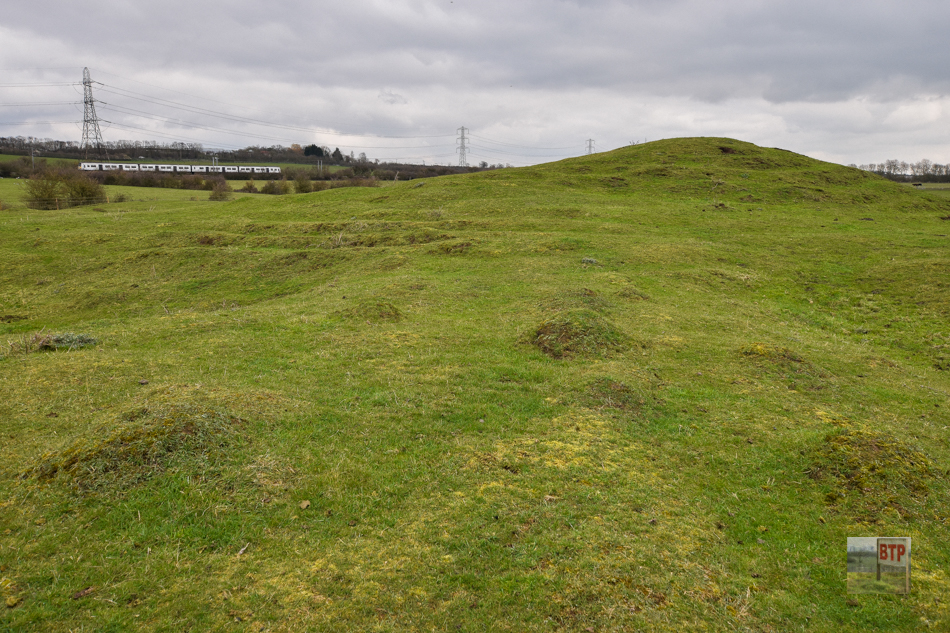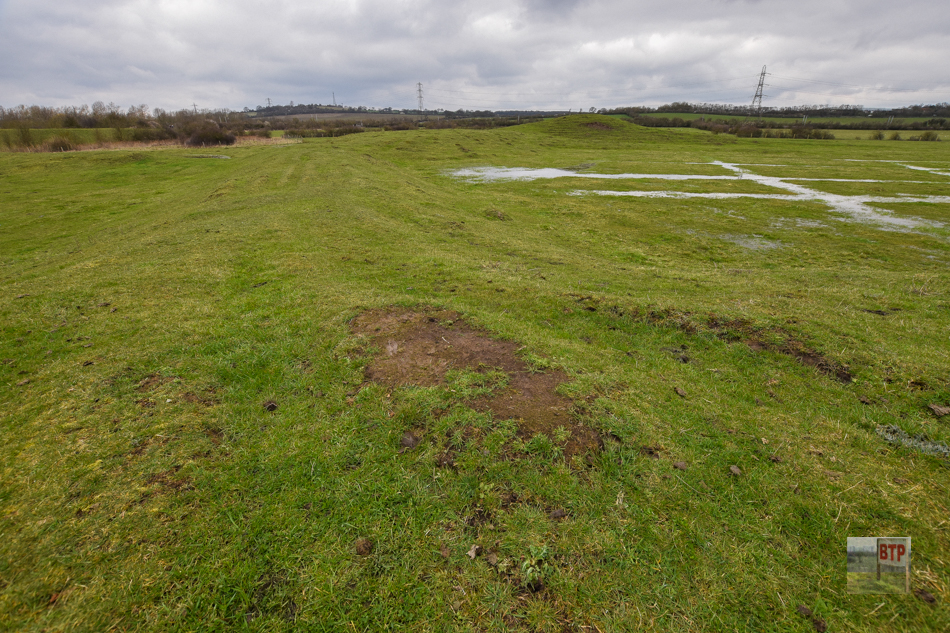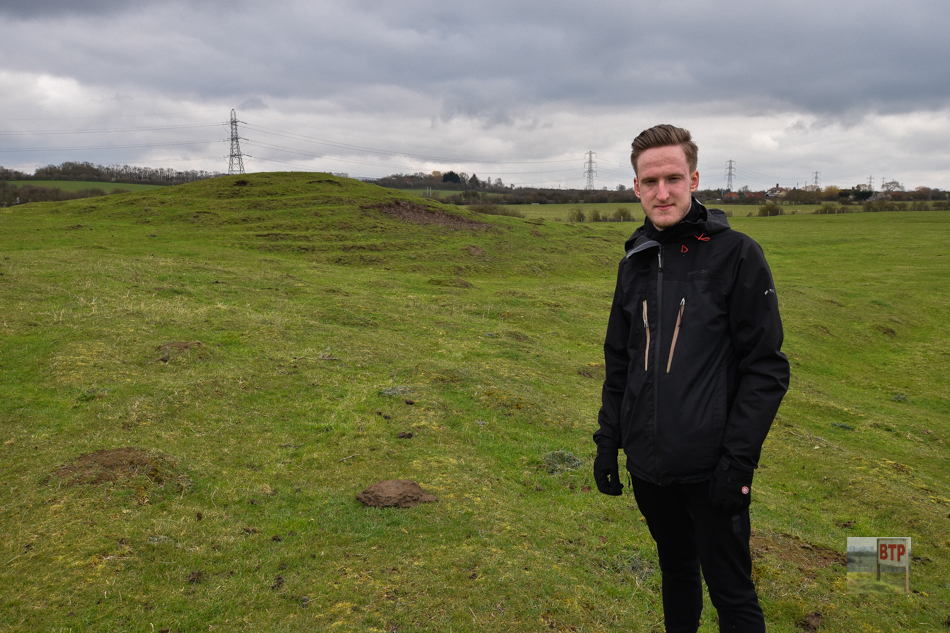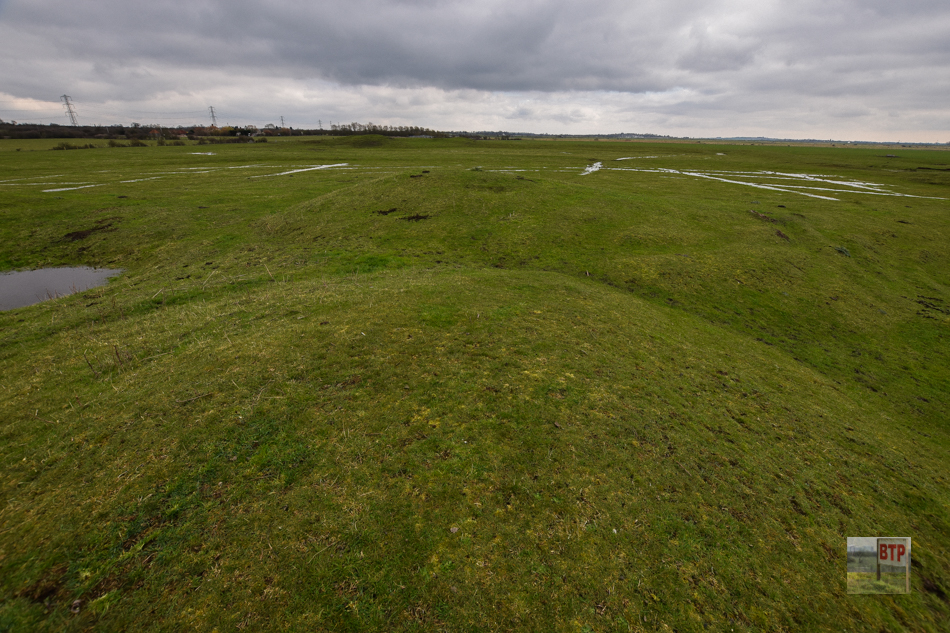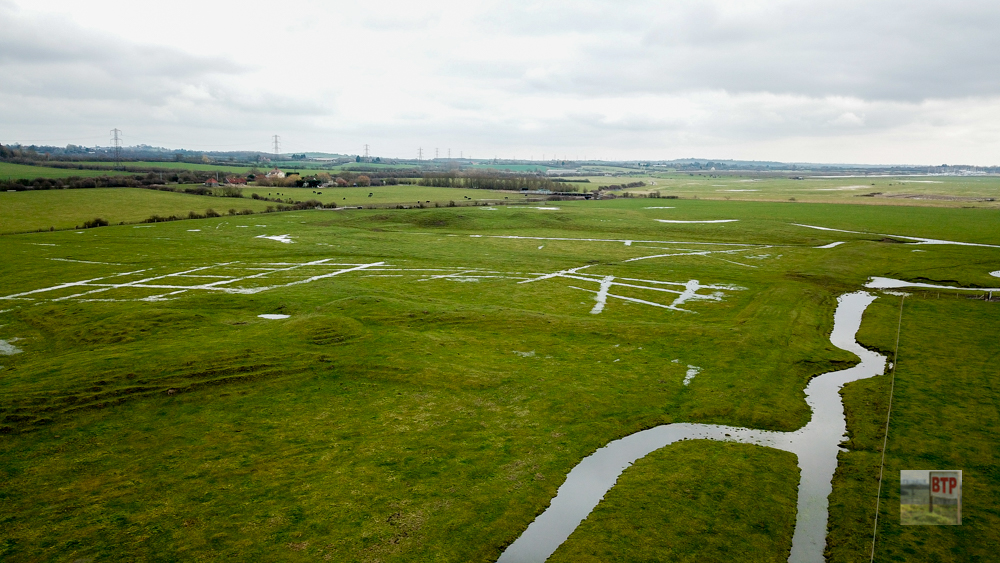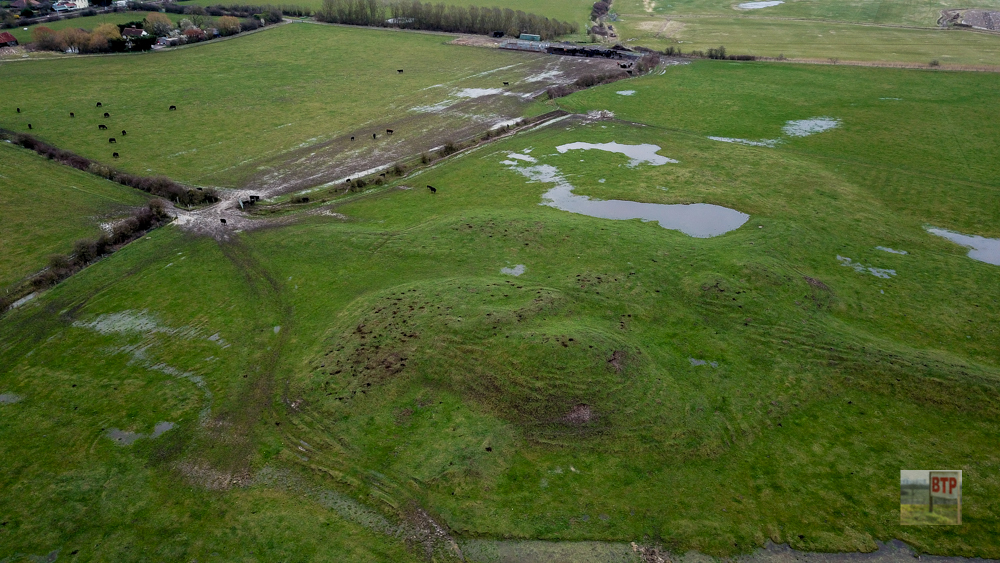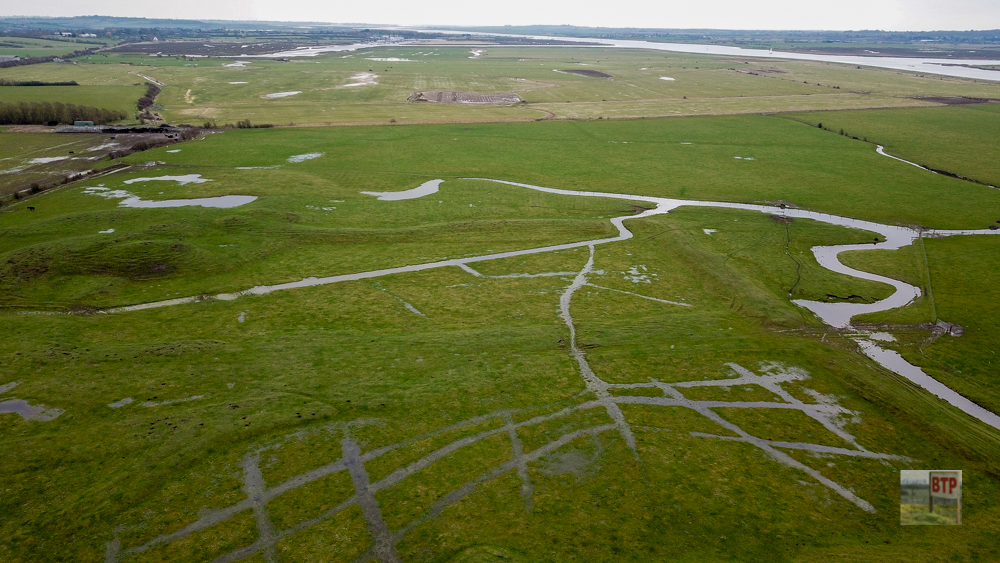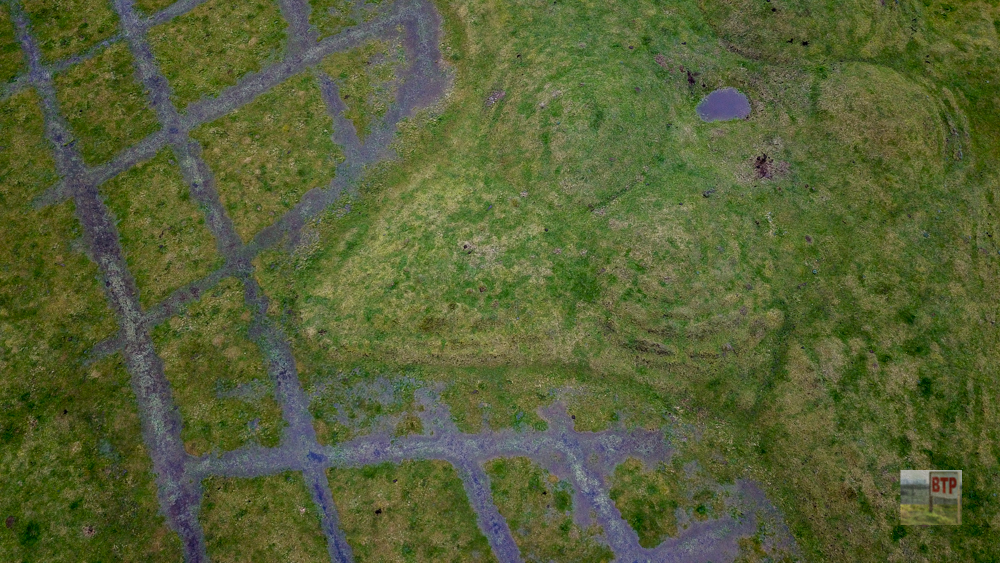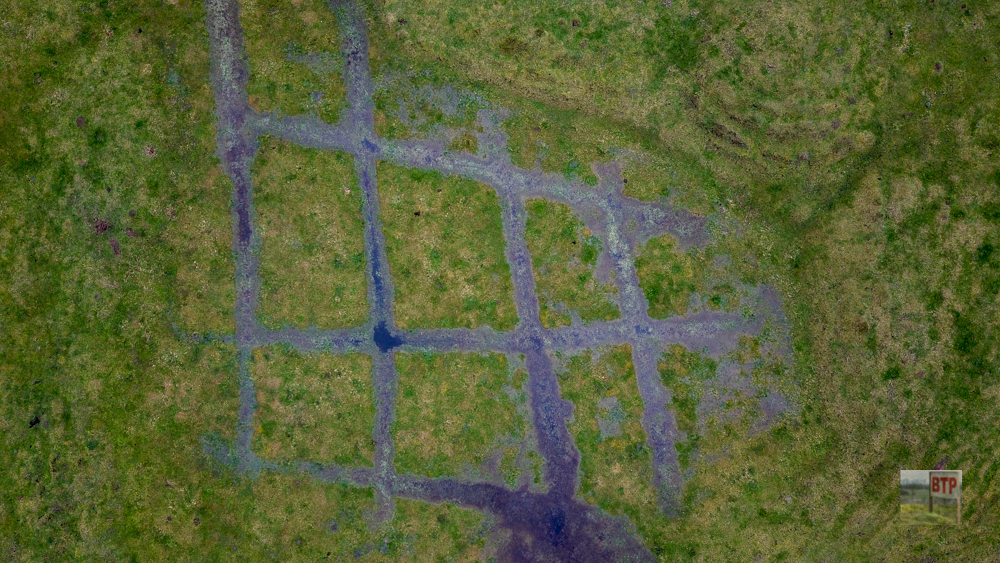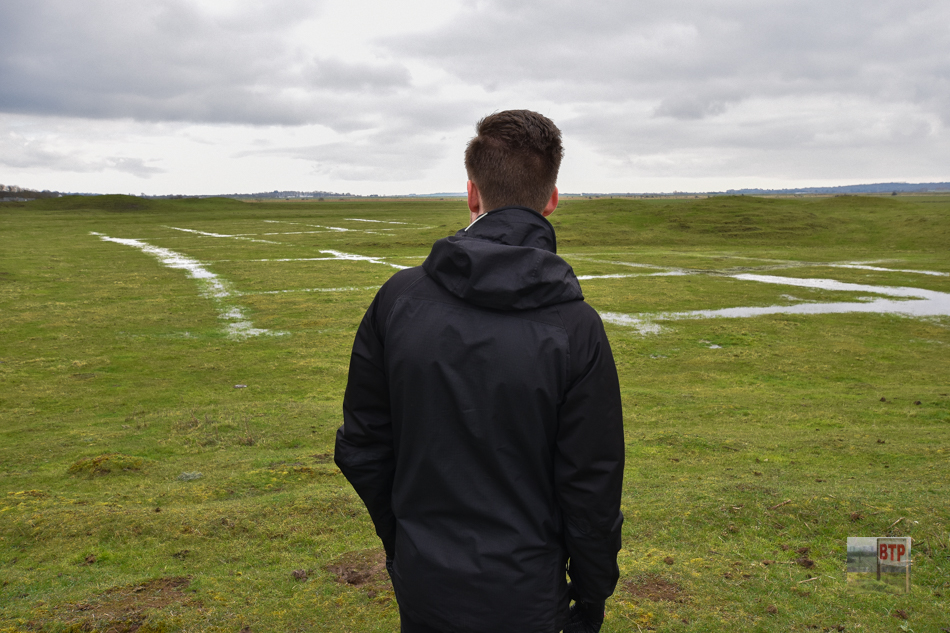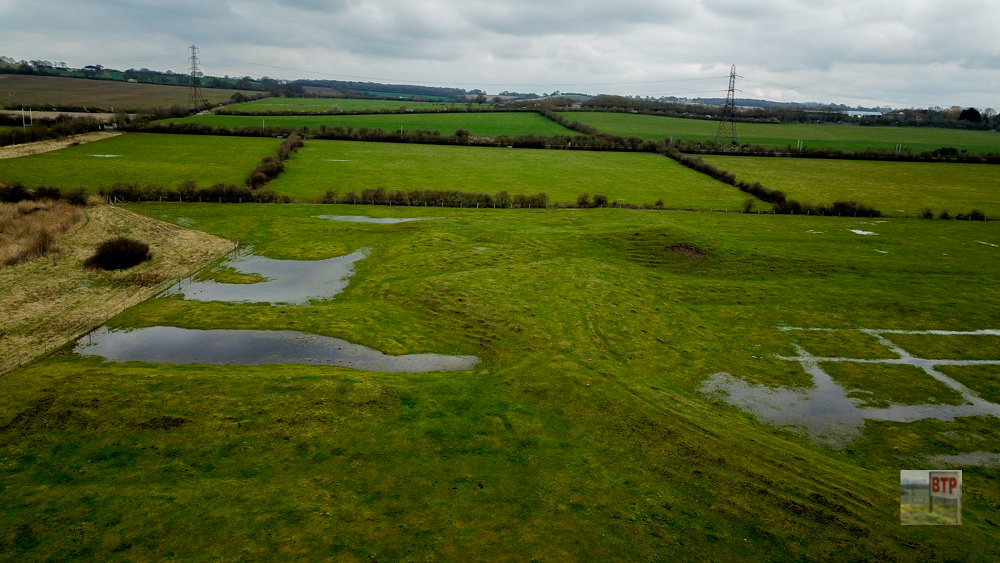The marshes of Essex have been valued for their salt content through the Prehistoric and Roman eras right up until present day where Maldon sea salt is still a nationwide export. Whilst it is now favoured as a seasoning, its historical value lay in its ability to preserve food prior to the use of ice and fridges. In Ancient history sea salt was gathered through the use of furnaces; leaving red hills behind as archeological remains. However, salt production in the Medieval and post-Medieval period used a series of ditches and pits to evaporate brine water and solidify the salt within. The saltings on the north and west banks of the River Crouch saw use as a grazing area and manufacturing area during the Middle Ages. Medieval saltern sites exist at Tollesbury Wick, and a scheduled example at Marsh Farm displaying ovular heaps of refuse from the process. Whilst the South Woodham site at Stow Marsh remains unlisted, it displays a very impressive set of earthworks to this day. The mounds and ditches that survive were used to collect and evaporate the saltwater. Expecting to be greeting by a few faint markings at best, we were pleasantly surprised to find a whole set of mounds and ditches still extant. The area is now farmland which was ploughed since its use in the salt industry, but was once out on the marshes before it was reclaimed. The old seawall still remains from the post-Medieval era.
The Stow Maries site on Morris Farm is thought to be the last remainder from a larger salt-working complex which operated for around 300 years up until the reclamation and drainage of the land in 1638. The visible earthworks are believed to have been a part of a process known as ‘solar evaporation’, in which a series of shallow ponds filled with saltwater were created; known as pans, and left to concentrate into brine in the sun. This brine was then processed at ‘salt-cotes’; remaining today as the three visible mounded areas. Waste products known as ‘bitters’ were removed from the brine and piled up at the edge of the salt-cote platforms, forming the mounds.
Sources:
http://www.tlhs.org.uk/pdf/archaeology%20in%20essex%20page%20vol%2035%202004.pdf

